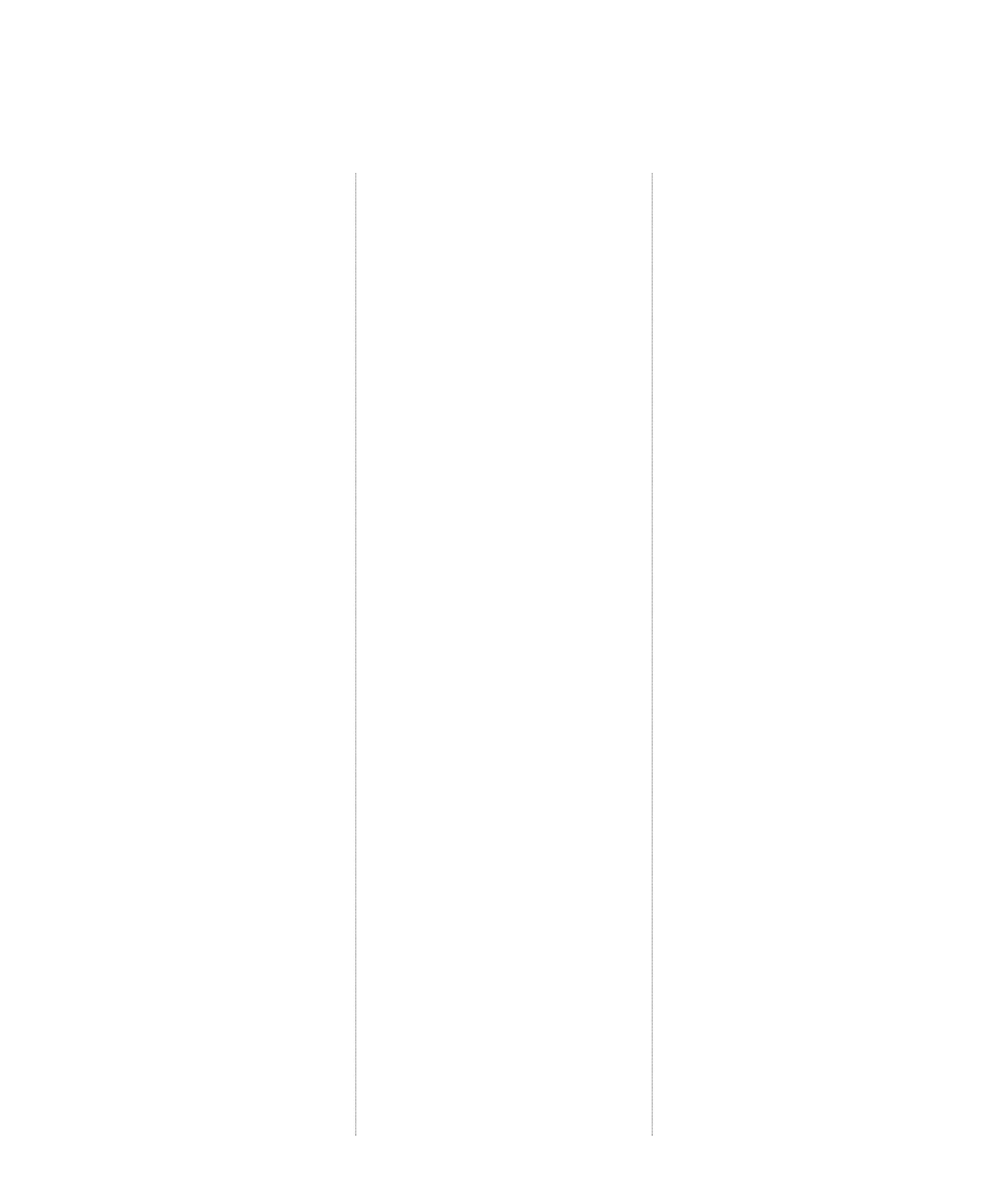
3 minute read
Logic and decisions
Making decisions
Decisions in Scratch can be made using the if-then block or the if-then-else block. The required Boolean expression is placed in the diamond-shaped hole. If the expression is true, the blocks inside the if block’s bracket will run; otherwise, they are ignored.
Advertisement
Make a high score recorder
This script checks whether the player’s score is more than the high score. If it is, the high score variable is changed to the player’s score.
Using the if-then-else block
The if-then-else block can be used to add instructions that are run when the Boolean expression is false. This extends the example above with a message if the player’s score is not more than the high score.
if score > high score then
set high score to score
say New high score! for 2 seconds
These blocks only run if the variable score is more than high score
if score > high score then
set high score to score
say New high score! for 2 seconds
else
This block only runs if the variable score is less than or equal to high score
say You didn’t beat the high score this time! for 2 seconds
Boolean expressions
Used for making decisions in programs, a Boolean expression returns a value that is either “true” or “false”. For example, the < operator block checks whether the number on the left is less than the one on its right.
15 < 50
true
15 > 50
false
Logic and decisions
Programs can be made more flexible and useful if they are coded to make decisions about what to do next. They can use variables to control which instruction to run, and when to run them.
Combining expressions
Boolean expressions can be combined to make decisions based on more than one factor. Here are some examples using the current year Sensing block. It has a menu in it to change the year to other time periods.
Using the and block
The and block has spaces for two Boolean expressions, and it checks whether both expressions are true. In this example, the program checks the month and date to give a special Valentine’s Day message.
if current month = 2 and
say Happy Valentine’s Day! for 2 seconds current date = 14 then
Using the or block
The or block checks whether either expression is true. In Scratch, the week starts with day 1 being Sunday. This example checks the day and displays a message if it is Saturday or Sunday.
if current day of week = 1
say Hurrah! It’s the weekend for 2 seconds or
Find this block under the Looks section of the Blocks Palette
current day of week = 7 then
Using the not block
The not block can be used to run instructions if an expression is not true. This example displays a message if the month is not December.
if not current month = 12 then

say It’s too early to talk about Christmas for 2 seconds
USING BOOLEANS
Boolean expressions can be used in other ways as well. Clicking on them in the Code Area allows users to see their results while programming. They can also be combined with repeat and wait blocks to make a program repeat or pause until something changes.
Using Booleans with loops
The repeat until block repeats one or more instructions until an expression is true. In this case, the loop will keep going until the player has no lives left.
Waiting using a Boolean
Using a wait until block will pause a script until an expression is true. However, it is often better to use a broadcast (see pp.48–49).
repeat until lives left = 0
wait until score = 50
The program takes no action till the score is 50










